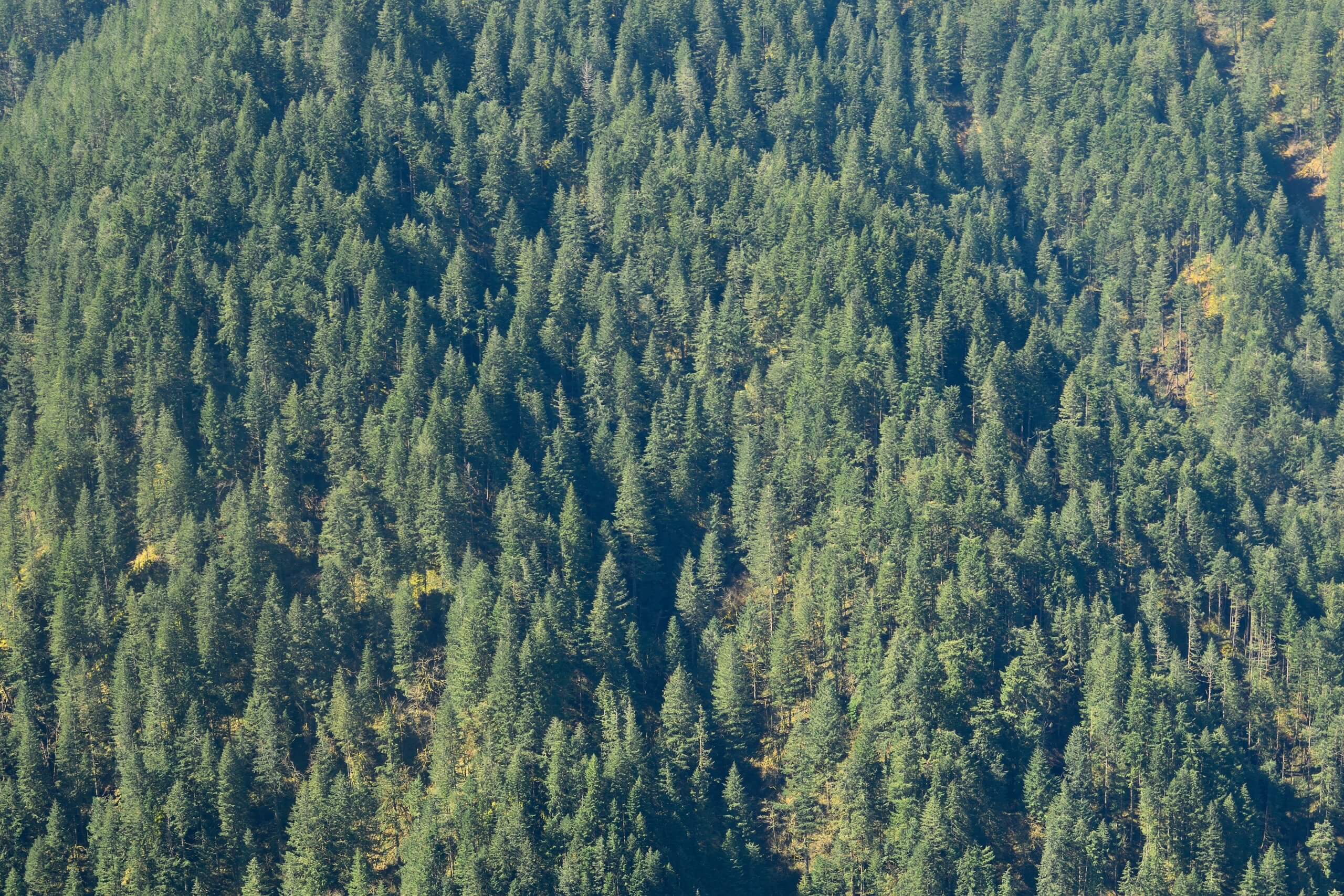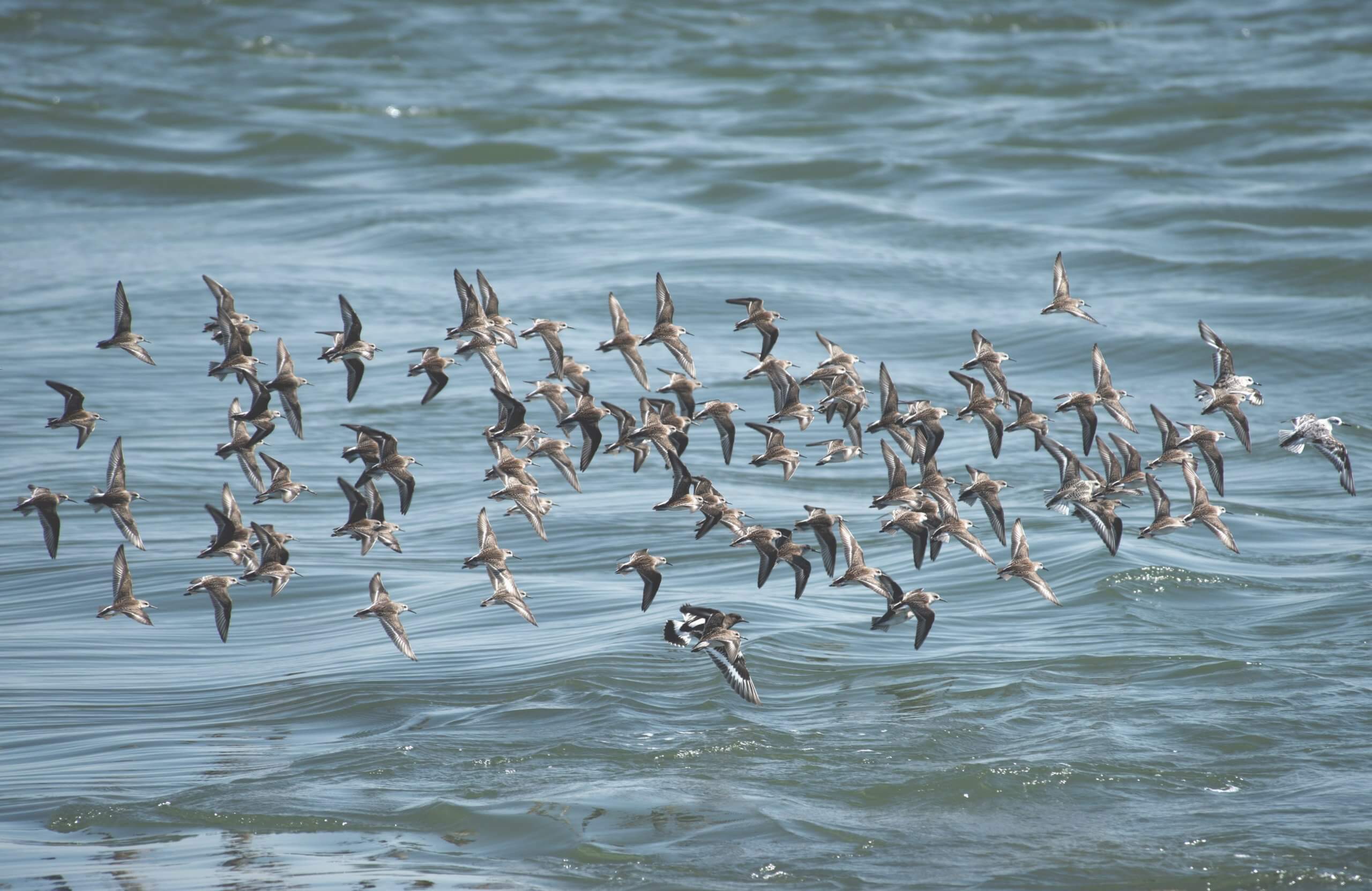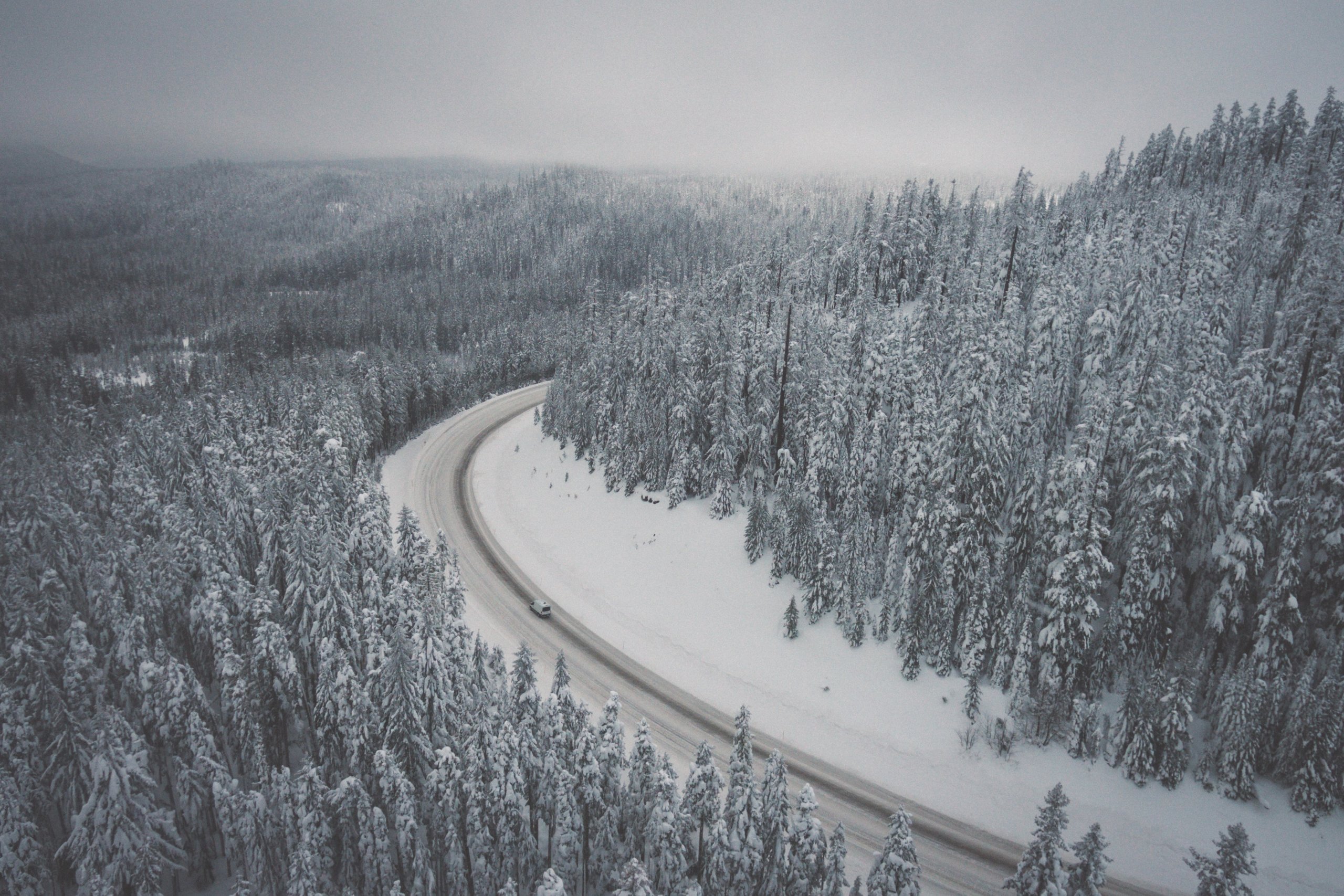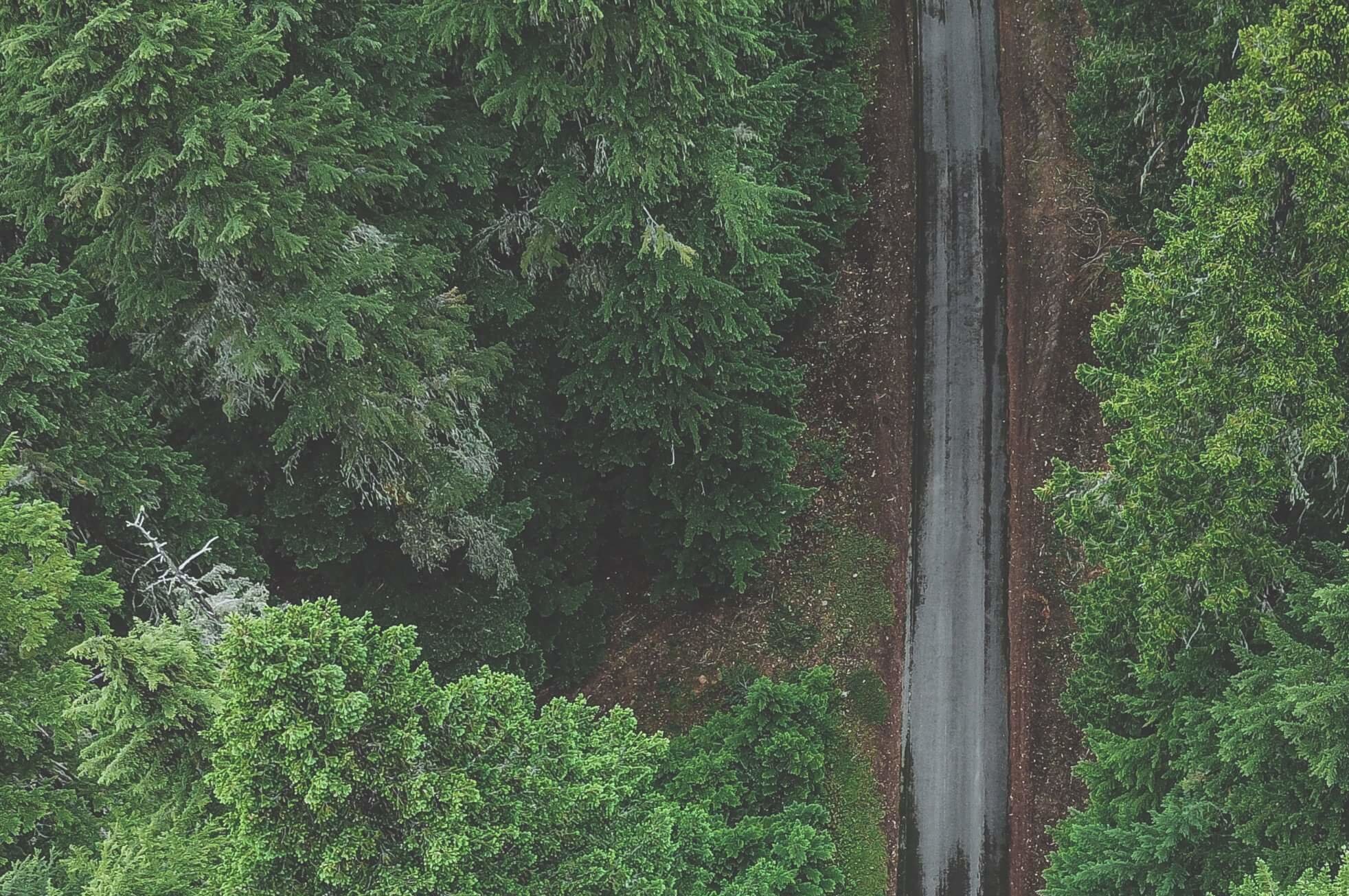I’m in a very familiar place—Portland’s Oregon Convention Center – but drowning in a sea of alien acronyms. In literally every talk (and even at meals!), I’m bombarded by them: FARSITE, FEIS, FLAMMAP, FOFEM, FVS, GYE, IFTDSS, WFAT, WFDS, and my new favorite, WUI (pronounced, woo-ee), or the Wildland Urban Interface. I’m definitely the only marine ecologist here at the International Fire Ecology and Management Congress… at least it’s (sometimes) a useful conversation starter.
I’m here to understand the landscape and current trends in the science and where it’s heading, understand the divides within the scientific community (and the degree to which there are divides), and grasp the disconnects between fire science, policy, and practice. I’m also here to understand who’s who in the field and to get to know the thought leaders. Fortunately, I come armed with useful intelligence from a few trusted—and very generous—scientist guides. Phew!
As COMPASS ventures into new topical areas, this field holds promise – the 2012 fire season garnered plenty of attention among DC policymakers; the multiple intersections of fire, water, climate, forest management, and land-use change are ripe for COMPASS’ unique alchemy; and the academic community focused on fire is still relatively young. In short, it’s hot (and conducive to a lot of puns, an added bonus)!
Fire science is well established within federal agencies, where the discipline was born. The integration of fire science and management is impressive—the Joint Fire Science Program, in partnership with six federal agencies, provides credible science to managers and funds management-relevant research. Many resources have been devoted to developing complex models to predict how fires will behave (and these models dominate the acronym soup). But, as I heard repeatedly at the conference, the future of fire science and management lies in fire ecology – especially landscape ecology—rather than solely fire behavior. How do ecosystem patterns and processes control the fire cycle? What roles do spatial and temporal heterogeneity across the landscape play for fire, and how do these interact with climate?
Prior to the conference, I was fortunate to hear a lecture by Stephen Pyne, a prominent fire historian from Arizona State University. (And, notably, everyone I’ve spoken with about fire has said, “You’ve got to talk to Steve Pyne”). One of his points that stuck with me was that we mistakenly lump fire with other hazards. Storms, like Hurricane Sandy, are physical forces that slam into coastlines, causing massive destruction. Obviously fires also cause destruction, but unlike storms, fires require biology – oxygen and fuels – to keep them going. So we really should be treating them as biological phenomena.
Steve referenced this theme again in the closing plenary of the Portland conference, noting, “Why don’t biologists see fire as something integral to understanding life on Earth?” Why isn’t fire more prominent in curricula, textbooks, or even life science departments? The critical roles of fire, and the need to maintain and restore fire to wildlands was an overarching message of the conference. Fire is an essential ecological process. And historical evidence is increasingly revealing just how prevalent fires were for centuries prior to the fire suppression policies put into effect for US national forests after the fires of 1910.
The enthusiasm of this relatively tight-knit community of scientists and managers was palpable and infectious. One scientist noted that he couldn’t imagine a better way to spend a summer than going out with a fire historian to ‘do fire scars’ (meaning looking at tree rings for the scars left by past fires). But big questions remain unanswered, or at least contentious ones: How ubiquitous have large, stand-replacing fires – so-called ‘megafires’ – been historically? How much should we be actively managing forests (through prescribed burning or mechanical thinning) to allow fires to burn through these landscapes as they once did?
I am incredibly grateful for all of the new connections I made at the meeting, from generous senior scientists to thoughtful graduate students and postdocs to one kindred soul who without any prompting said, “It really all comes down to the ‘so what’,” (and he had never even heard of COMPASS!). As we explore the roles COMPASS might play within the fire science community, I’m excited about the prospects for a communications workshop analogous to the one we held for ocean acidification scientists last September.
As always, I’m left with juicy questions of my own:
• How can we help fire scientists become more savvy communicators, both as individuals and as a community?
• How can we foster cross-pollination across disciplines and geographic divides and between academics and agency scientists?
• How can we help the scientific community better address the questions about fire that are top-of-mind for the public and policymakers?
And of course, what will I jump into next?!?



